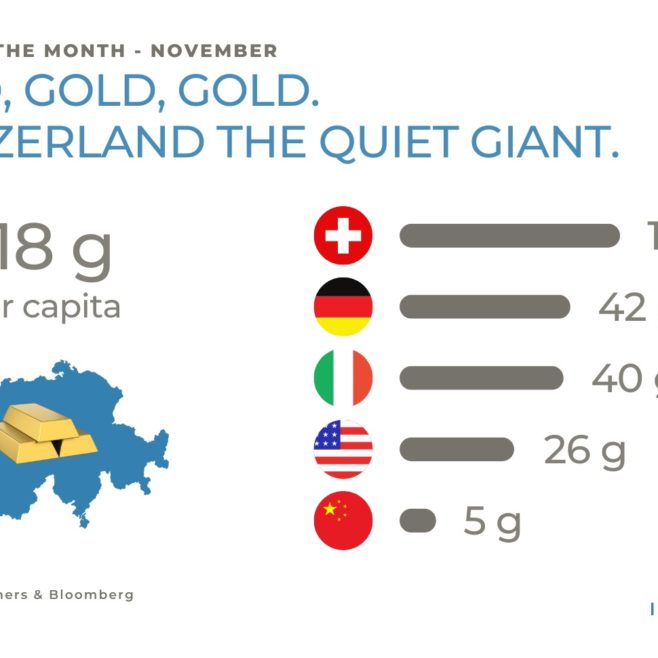
How to navigate the credit crisis?

Credit crisis?
Three years after interest rates started rising, credit accidents are multiplying. How should one position themselves in this context?
The First Cracks in the U.S. Economy
Last September, three years after the FED began its remarkable rate-hiking cycle, the first cracks began to appear in the wall of the American economy. Tricolore and First Brands suddenly filed for bankruptcy, resulting in hundreds of millions, if not billions, of dollars in losses for their creditors. Among them were major investors, including JP Morgan, whose CEO Jamie Dimon made headlines with a viral metaphor: “When you see one cockroach, there are probably more,” referring to the recent developments in the credit space.
In October, it was the turn of two regional banks (Zions Bancorp and Western Alliance Bancorp) to fall victim to potential fraud in the commercial mortgage market. While losses for these two institutions amount to “only” tens of millions of dollars, the impact is more significant given the small size of their balance sheets.
Following these seemingly isolated cases, confidence in the financial system was severely tested, with a combined USD100 billion drop in market capitalization among the country’s 74 largest banks, signaling a potential upcoming economic slowdown.
Risks to Avoid Amid Economic Slowdown
The private credit market, which has seen phenomenal enthusiasm in recent years, was quickly blamed. It is true that its recent success stirs up envy and some indulge in a bit of “Schadenfreude,” prematurely celebrating its setbacks. But in this space, not all managers are created equal. While some big names in the sector are facing significant losses, other players have so far remained unscathed.
In such a context, extreme diligence in selecting a private credit manager is crucial, as performance differences between the top and bottom quartiles can be significant. It is particularly important to favor the most experienced managers, those who have been through several credit cycles, over those who have merely ridden the wave of this asset class in recent years. And when one is not able to do this themselves, it’s essential to rely on a firm that knows how to identify the best talent in the field.
For example, the best managers are better able to distinguish between resilient issuers and those with a weaker credit profile due to over-indebtedness, business models at risk of disruption by artificial intelligence or other characteristics that may escape the less trained eye.
Opportunities and Alternatives to Conventional Credit
Though worrisome at first glance, these recent events may present tremendous opportunities. Long-short credit managers, for example, may be able to stand out. Again, rigorous manager selection is essential, especially given the high leverage levels inherent to this type of strategy.
For those wishing to avoid exposure to corporate and private credit altogether, there are still a few interesting alternatives offering similar returns with different types of risk. “Cat bonds” (catastrophe bonds), for example, provide total decorrelation from the credit market by being exposed instead to natural disasters such as hurricanes or earthquakes. Finally, local currency emerging market debt, after a stellar start to the year, continues to offer fabulous returns, thanks to high real interest rates and attractive fundamental valuations of local currencies against the dollar.
Thus, in today’s environment, manager selection remains a key factor but not the only one. The ability to identify alternatives to conventional credit and build diversified portfolios across different risk sources also plays a vital role.
Past performance is not indicative of future results. The views, strategies and financial instruments described in this document may not be suitable for all investors. Opinions expressed are current opinions as of the date(s) appearing in this material only. References to market or composite indices, benchmarks or other measures of relative market performance over a specified period of time are provided for your information only. NS Partners provides no warranty and makes no representation of any kind whatsoever regarding the accuracy and completeness of any data, including financial market data, quotes, research notes or other financial instruments referred to in this document. This document does not constitute an offer or solicitation to any person in any jurisdiction in which such offer or solicitation is not authorized or to any person to whom it would be unlawful to make such offer or solicitation. Any reference in this document to specific securities and issuers are for illustrative purposes only, and should not be interpreted as recommendations to purchase or sell those securities. References in this document to investment funds that have not been registered with the Finma cannot be distributed in or from Switzerland except to certain categories of eligible investors. Some of the entities of the NS Partners group or its clients may hold a position in the financial instruments of any issuer discussed herein, or act as advisor to any such issuer. Additional information is available on request. © NS Partners Group





